Using Excel, is there any way to use the VLOOKUP function to find the date corresponding the minimum and maximum values?

Using Excel, is there any way to use the VLOOKUP function to find the date corresponding the minimum and maximum values?

With your layout @Mark is correct (you can't) and for the reason stated. INDEX/MATCH may be a suitable alternative but to provide some detail, please try in say I30 copied across and down to suit:
=INDEX($H$6:$H$26,MATCH(I27,I$6:I$26,0))
No, there is no way to look left using VLOOKUP - it can only look right. You should look at INDEX/MATCH combo to solve this.
If you're willing to use a helper column to hold the date, you can. In my example I added the helper column in column N. So column N also displays the date from column H.
=VLOOKUP(I27;$I$6:$O$26;7;0)
=VLOOKUP(I28;$I$6:$O$26;7;0)
...
There is an easy solution for this - if you don't insist on using VLOOKUP() :-)
=I5, =J5 and so on.=DGET($H$5:$N$26;1;J27:J28) ... and drag it to the right.